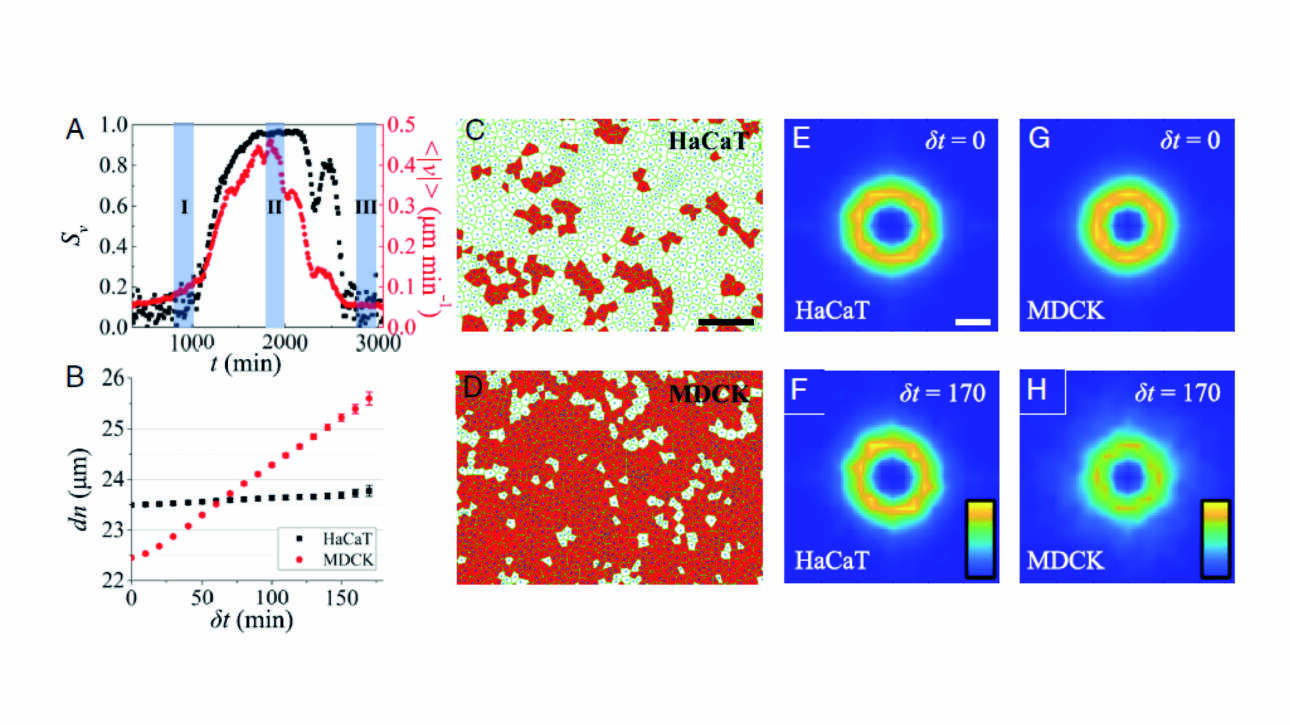L'équipe Ladoux/Mege a publié un nouvel article dans PNAS :
Flocking and giant fluctuations in epithelial active solids
Significance
During embryonic development and wound healing, epithelial cells usually display in-plane polarity over large spatial scales and move coherently. However, most in vitro studies have examined the fluid-like chaotic dynamics of epithelial cells, in which collective cellular flows…











